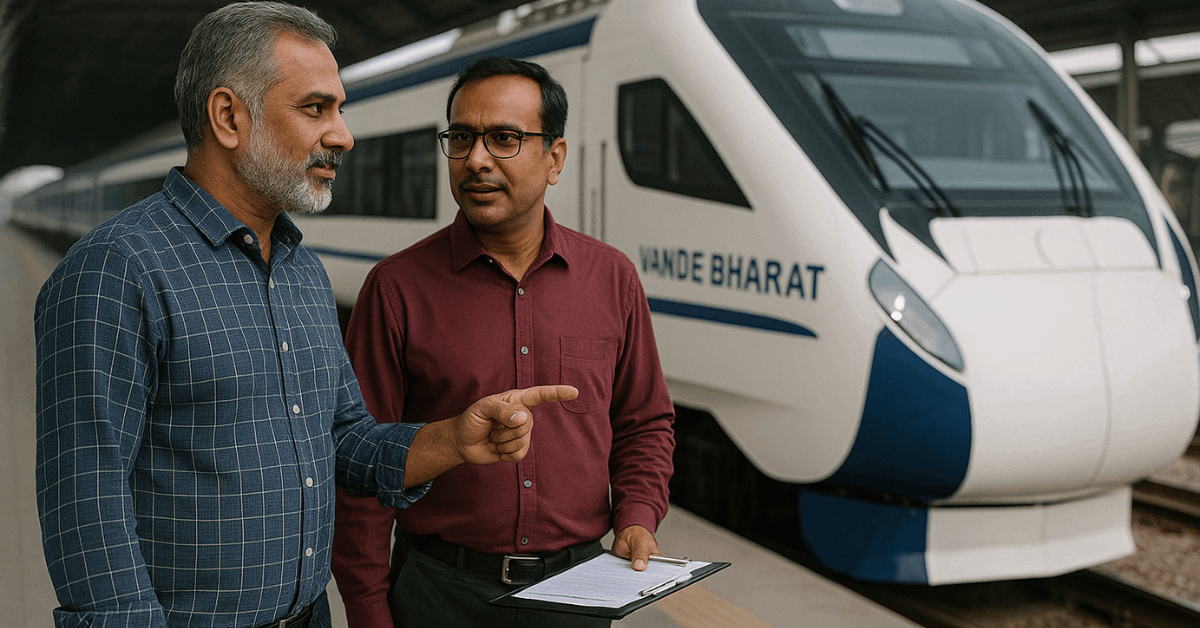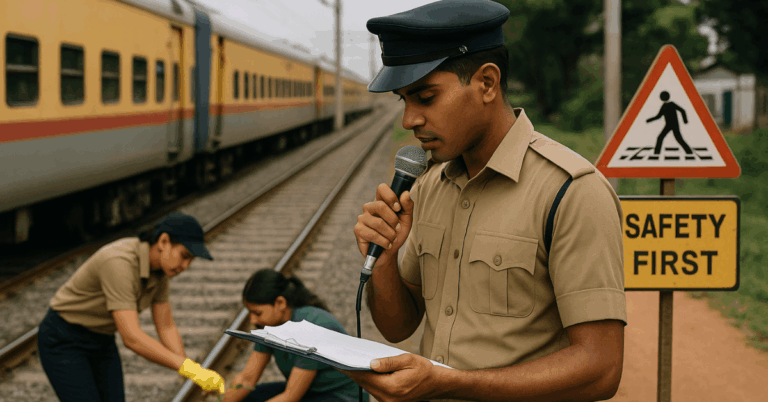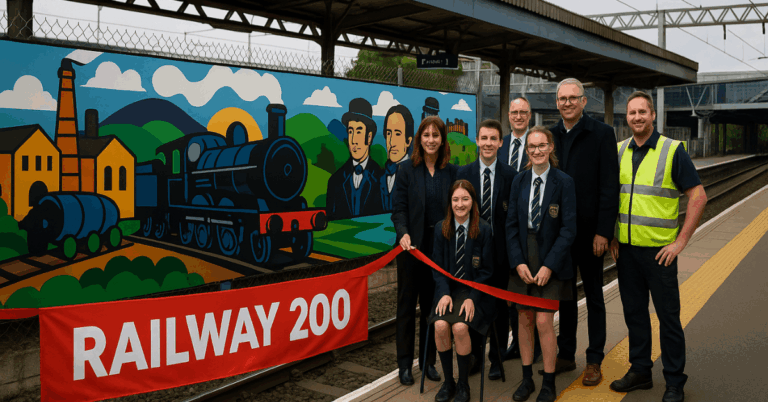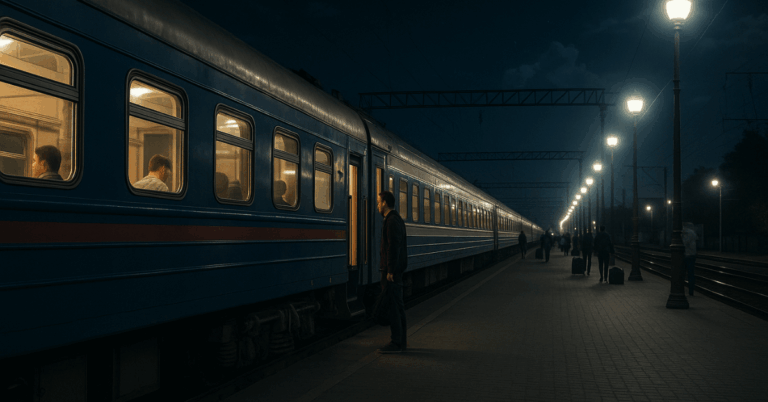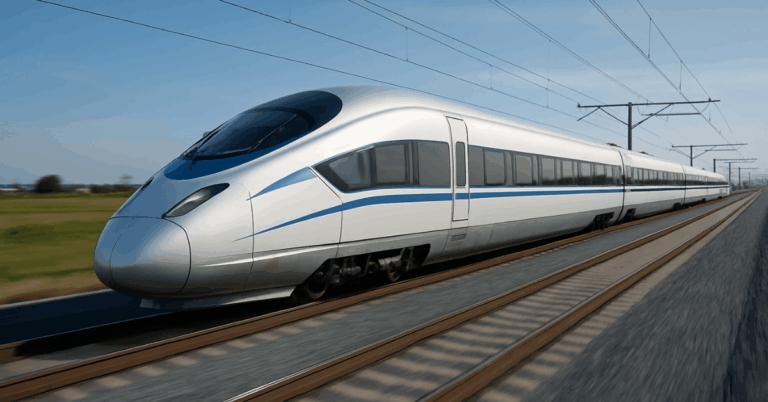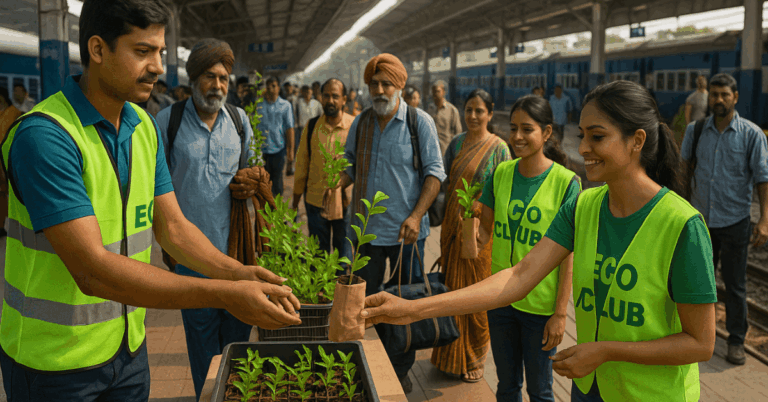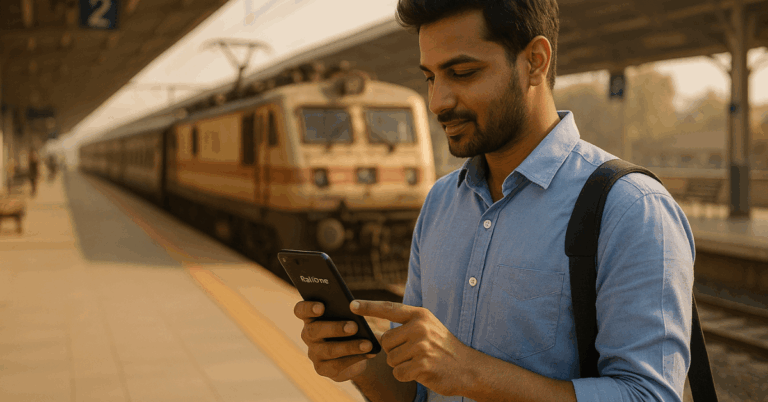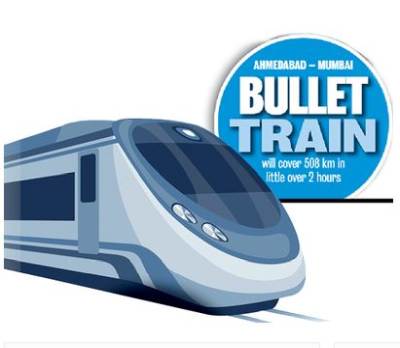The Indian Railways to add more Vande Bharat trains marks another strong step toward modernizing India’s transportation system. These semi-high-speed trains symbolize India’s growing focus on comfort, safety, and efficiency.
They’ve quickly become a favorite among passengers due to their advanced technology and shorter travel times. This expansion plan aims to connect more cities and strengthen the nation’s economic network.
Understanding the Vande Bharat Express
The Vande Bharat Express represents a leap forward in passenger rail innovation. It’s a fully indigenously built train designed under the Make in India initiative.
Known for its sleek design and improved safety systems, it delivers speed and comfort unmatched by older models. Passengers experience smoother rides, cleaner environments, and quicker journeys between major cities.
Key Features That Set It Apart
These trains run at speeds of up to 180 km/h, positioning them between traditional express services and future bullet trains.
- The Vande Bharat offers a combination of speed, safety, and convenience.
- Automatic doors and centralized air conditioning enhance the passenger experience.
- GPS-based passenger information systems and Wi-Fi connectivity provide real-time updates.
- Energy-efficient traction systems reduce power consumption and environmental impact.
- Its design allows for fast acceleration and braking, improving travel efficiency.
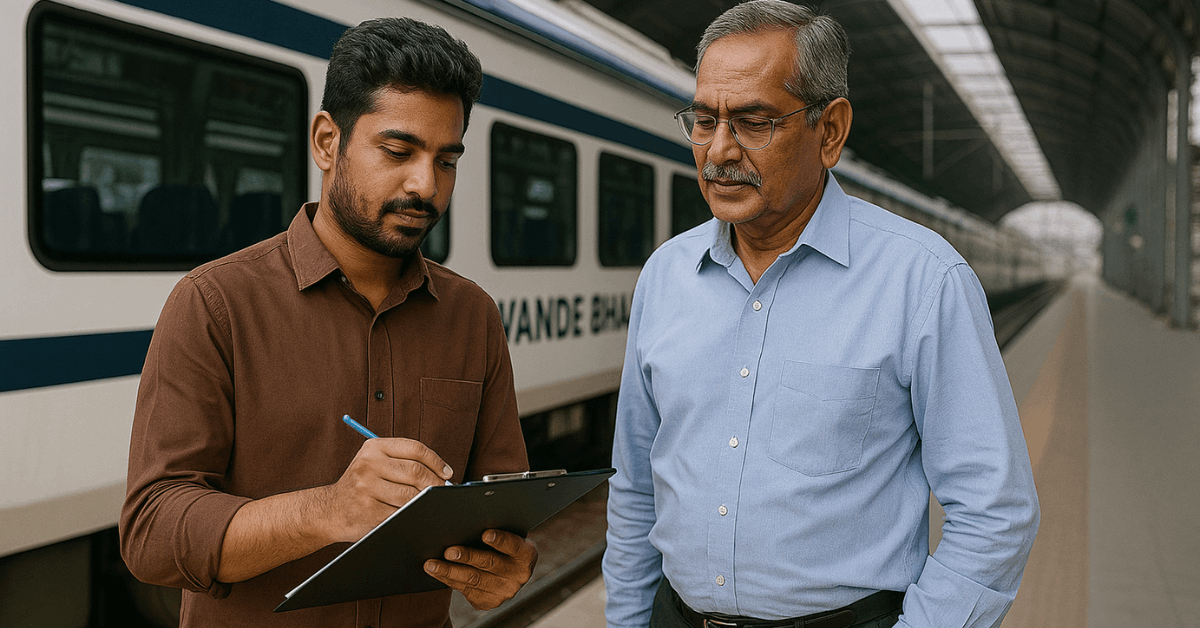
Built Under – Make in India
Manufactured by the Integral Coach Factory (ICF) in Chennai, the Vande Bharat Express showcases India’s industrial capability. Its development promotes local employment, technical skill advancement, and national pride.
Every unit integrates advanced materials and systems sourced from within the country. This focus strengthens the domestic manufacturing sector while reducing import dependency.
The Expansion Plan
Indian Railways aims to launch dozens of new Vande Bharat routes over the coming years. Each addition is part of a modernization plan to connect metropolitan and regional hubs efficiently.
The Ministry of Railways has already approved multiple phases, ensuring balanced development across northern, southern, and northeastern regions. These trains will play a major role in linking emerging economic zones with major cities.
Budget and Timeline
These coordinated efforts highlight the government’s commitment to advanced, sustainable, and accessible transportation.
- The expansion involves a significant financial commitment.
- The government has earmarked billions of rupees in the railway modernization budget.
- The project runs through phased rollouts, targeting completion within the next few years.
- State collaborations ensure route readiness and infrastructure upgrades.
- Funding supports both manufacturing growth and station modernization.
Routes and Regional Benefits
New routes will connect underserved areas and fast-growing cities. The inclusion of tier-2 and tier-3 towns will bring faster travel to millions of people.
Tourism sectors in states like Kerala, Rajasthan, and Himachal Pradesh will gain strong momentum. This strategy will also ease road traffic and promote regional business growth.
Key Routes Under Consideration
Each line has been selected for its passenger potential and infrastructure readiness.
- Delhi to Dehradun for easier mountain access.
- Mumbai to Goa for coastal travelers and tourism.
- Bengaluru to Hyderabad connecting major tech corridors.
- Varanasi to Patna supports the eastern passenger network.
Boost to Connectivity and Tourism
Shorter travel times mean more convenience and better economic exchange. Improved connectivity encourages domestic tourism and small-business expansion.
State governments also expect increased revenue through higher passenger traffic. The plan ultimately aims to balance growth between urban centers and developing regions.
Advancements in Train Design
Next-generation Vande Bharat trains will include enhanced design features. Engineers are focusing on energy savings, passenger comfort, and higher operating speeds.
With upgraded braking and reduced noise levels, journeys will become quieter and smoother. These updates aim to match global high-speed standards while maintaining Indian affordability.
Vande Bharat 2.0 and 3.0 Innovations
These innovations demonstrate a clear shift toward sustainable, smart, and passenger-focused engineering.
- Aluminum coaches will replace steel for lighter and faster movement.
- Improved seating ergonomics ensure comfort on long journeys.
- Kavach signaling systems will strengthen safety and prevent collisions.
- Future versions will include sleeper cars for overnight routes.
Economic and Environmental Effects
The expansion of Vande Bharat trains boosts India’s economy through job creation and domestic production. Local suppliers benefit from large-scale manufacturing orders and maintenance contracts.
The growth also drives research and development within the Indian rail industry. These activities stimulate both regional economies and national GDP.
Environmental Advantages
The Vande Bharat uses energy-efficient motors that consume less electricity. Compared to air or road travel, it cuts carbon emissions significantly.
Regenerative braking technology allows power to be reused, lowering overall waste. These trains are part of India’s green transportation goals for a sustainable future.
Overcoming Implementation Challenges
Despite strong progress, several challenges remain. The rapid rollout requires new infrastructure and skilled labor.
Manufacturing bottlenecks at ICF sometimes delay production schedules. Upgrading tracks and signal systems across older routes also takes time and funding.
Preparing the Workforce
Indian Railways continues to train more engineers, operators, and technicians for high-speed operations. Workshops are being upgraded to support modern maintenance standards.
Safety and emergency response training are part of ongoing employee programs. This ensures long-term reliability once all trains are operational.
Public and Expert Views
The expansion plan has received wide public support. Passengers appreciate faster travel and modern amenities.
Transport experts also see the project as a sign of India’s evolving mobility strategy. Positive reviews from trial runs have encouraged confidence in the system’s future.
Media and Analyst Commentary
Analysts view Vande Bharat as a foundation for the future bullet train network. Media outlets often highlight its engineering and design excellence.
Experts predict that these semi-high-speed lines will eventually merge with high-speed corridors. Such coverage increases awareness and builds anticipation among potential passengers.
The Future of Indian Railways
The addition of more Vande Bharat trains will transform India’s transportation map. By integrating digital ticketing, smart stations, and predictive maintenance, Indian Railways is entering a new era.
Collaboration with private and international partners may further enhance quality and speed. The ultimate goal is a system that’s safe, efficient, and globally competitive.
Long-Term Vision
This vision highlights India’s readiness to redefine mobility for future generations.
- Integration with bullet train projects between major cities.
- Smart corridors using AI for schedule optimization and energy control.
- Expansion of regional manufacturing units to meet future demand.
- Continuous updates to infrastructure for sustainability.
A New Track for India’s Future
The plan for the Indian Railways to add more Vande Bharat trains symbolizes a major milestone in India’s transport development. It combines modern technology, national pride, and a clear commitment to sustainable travel.
As new trains roll out, passengers will experience faster, safer, and greener journeys across the country. The modernization of Indian Railways shows how innovation and ambition can move a nation forward — one track at a time.
